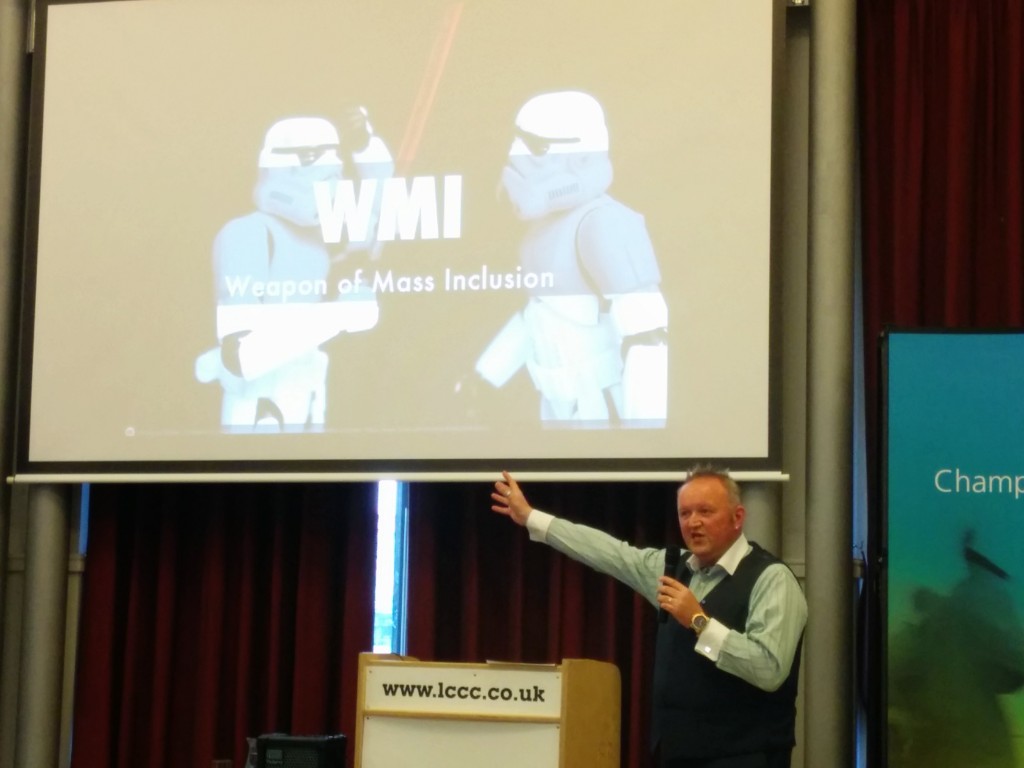This post was originally found on my business blog and has been reposted here in May 2015.
Last week Google published their diversity figures, sparking a lot of debate about diversity (or rather lack of) in technology companies, particularly those in Silicon Valley.
The company posted a message from Laszlo Block (Senior VP in People Operations) on the Google blog reflecting upon the current situation, alongside the figures and a new microsite focused on their diversity initiatives.
We’ve always been reluctant to publish numbers about the diversity of our workforce at Google. We now realize we were wrong, and that it’s time to be candid about the issues. Put simply, Google is not where we want to be when it comes to diversity, and it’s hard to address these kinds of challenges if you’re not prepared to discuss them openly, and with the facts – Laszlo Block
This step puts Google ahead of their Silicon Valley peers in the debate about diversity and I do feel they should be admired for this honesty when they were aware the figures would not reflect well on the company. However, there are issues with the figures and the discussions they have sparked.
Google have successfully opened up the discussion. They have got people talking about the gender gap, STEM education and ethnicity. However, I have been disappointed by the narrow focus of debate. The figures do not paint the whole picture. People are not defined simply by their gender or ethnicity. Inclusion and diversity is not just about individual characteristics or basic demographics. It’s about culture in the company, the industry and society as a whole. Workplace inclusion should focus on whether staff feel able to be themselves at work. It is about fostering collaboration and innovation through difference of experience and thought. It is about people as individuals with a diverse range of experiences, personalities and characteristics. We need to shift the debate from individual demographics to encouraging a wider view on inclusion and diversity, which considers all aspects of a person’s identity and the company’s culture.
The irony is, I think if Google looked at diversity from an inclusion perspective, they may actually be doing better than they think. Their culture encourages collaboration and innovation and employees are able to express their own interests through their 20% projects. Their employer brand is enviable, well respected for their benefits, training and other workplace policies. I imagine the figures for some other protected characteristics may be more representative of the general population than perhaps the gender or ethnicity measures are. I also expect there is a relatively, liberal, open and accepting culture, bearing in mind the social and educational background of a lot of their staff and the fact that open discussion and debate is encouraged. Google have employee resource groups for a huge range of characteristics – not just a women’s network, but groups for older googlers (greyglers), LGBT (gayglers), people with disabilities, veterans and more. People can express their identities through these communities. Google may well be more diverse than it realises. Of course without working there I cannot vouch for any of this – it is speculation, but I think comments in a blog post by “a lady googler”, Angela Watson Strong suggest this may indeed be the case.
I think Google handles diversity better than any other company or organization in which I’ve ever worked— including “progressive” organizations. – Angela Watson Strong
So my takeaway from the Google Diversity debate? Don’t just focus on how many women or people from ethnic minorities you recruit. Focus on creating a culture which embraces the individual, allows people to thrive and encourages collaboration and you will make a much bigger impact upon maximising the power that diverse teams can have upon innovation and performance in your organisation.
